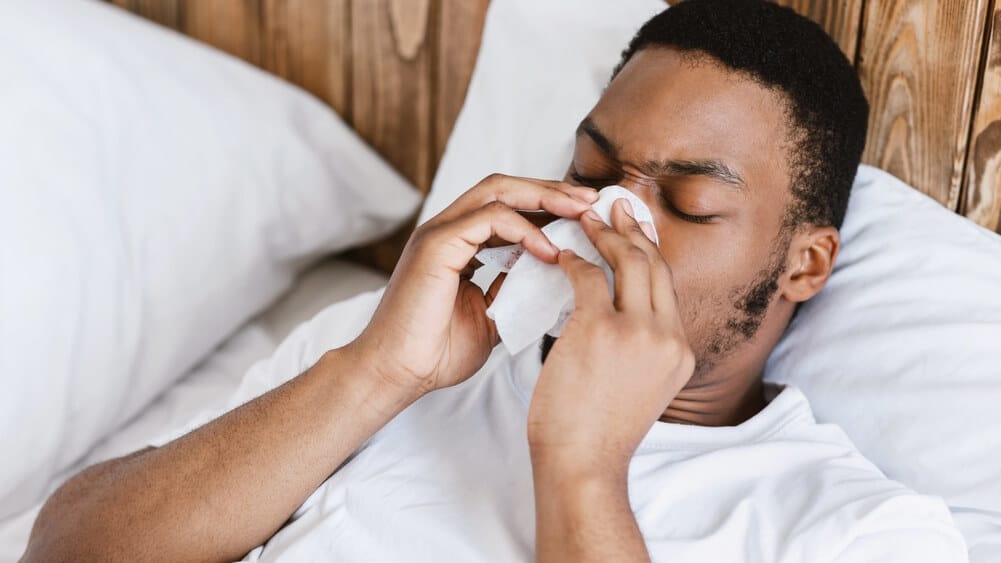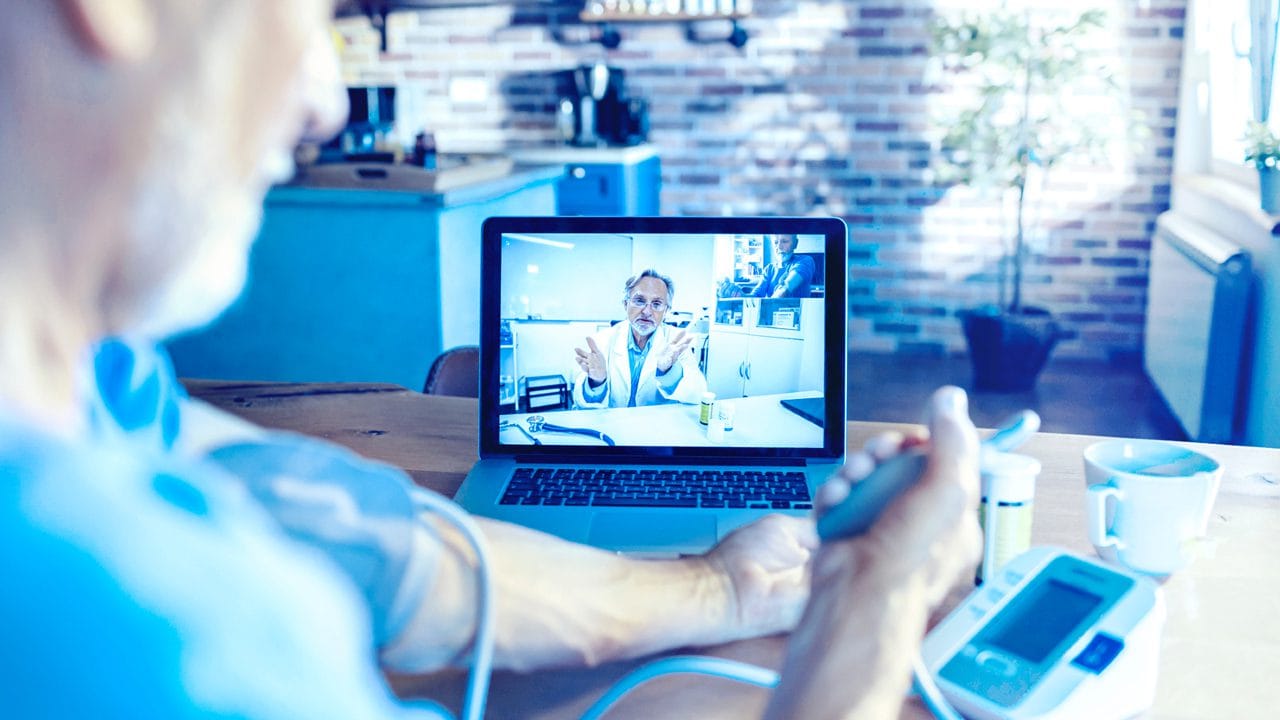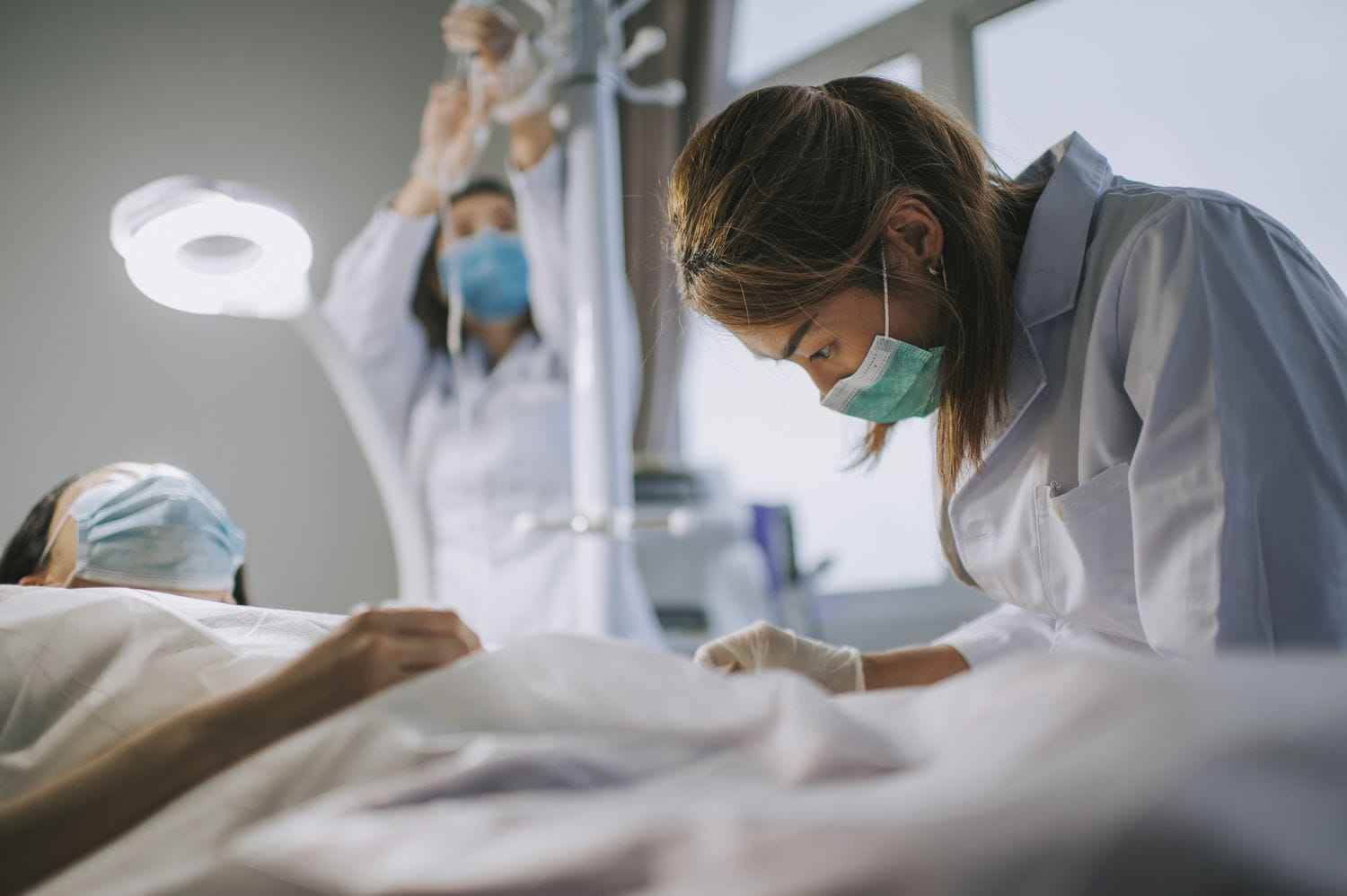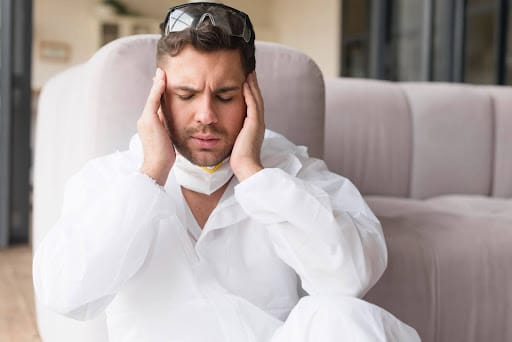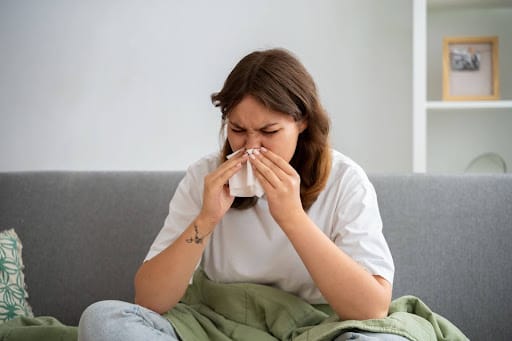Intravenous (IV) therapy is a common and effective method for administering fluids, medications, and nutrients directly into the bloodstream. It’s used for various purposes, including hydration, electrolyte balance, and medication delivery. However, post-treatment care is crucial to ensure the benefits of the therapy are maximized and to prevent complications. This guide will outline what not to do after iv drip and provide essential post-treatment care tips.
Understanding IV Therapy
IV therapy involves the administration of liquids through a vein. It can be used for hydration, delivering medications, and providing nutrients. Understanding the basics of IV therapy can help you better grasp the importance of post-treatment care.
How Long Do IV Fluids Stay in the Body?
IV fluids typically stay in the body for several hours to a few days, depending on the type of fluid administered and the individual’s metabolism. The body gradually absorbs these fluids, which then contribute to hydration, nutrient levels, and overall bodily function.
How Long Does IV Therapy Take?
The duration of IV therapy varies based on the treatment type. A typical session can last anywhere from 30 minutes to several hours. The exact duration depends on the volume of fluids and medications being administered and the specific health needs of the patient.
How Often Can You Get IV Fluids?
The frequency of IV therapy depends on the medical condition being treated. Some patients may require regular IV treatments, while others might need it only occasionally. It’s essential to follow the recommendations of your healthcare provider to avoid potential complications from overuse.
What Not to Do After IV Drip
Avoid Strenuous Activities
After receiving an IV drip, it’s important to avoid strenuous activities. Engaging in heavy physical exertion can lead to complications such as bleeding or bruising at the IV site.
- Rest and Recovery: Give your body time to rest and recover. Avoid lifting heavy objects or participating in intense physical activities for at least 24 hours post-treatment.
- Monitor Your Activity Levels: Gradually increase your activity levels as you feel better. Listen to your body and avoid pushing yourself too hard.
Do Not Remove the Bandage Prematurely
The bandage placed over the IV site is there to protect against infection and aid in the healing process. Removing it too soon can increase the risk of complications.
- Follow Instructions: Keep the bandage on for the recommended amount of time, usually 24 hours. Follow any specific instructions given by your healthcare provider.
- Check for Signs of Infection: Look out for redness, swelling, or discharge from the IV site. If you notice any of these signs, contact your healthcare provider immediately.
Avoid Excessive Heat Exposure
Exposure to excessive heat can cause blood vessels to dilate, which may increase the risk of bleeding from the IV site.
- Stay Cool: Avoid hot baths, saunas, or prolonged sun exposure for at least 24 hours after the treatment.
- Monitor Your Environment: Keep the temperature of your environment comfortable and avoid activities that cause excessive sweating.
Do Not Consume Alcohol
Alcohol can interfere with the body’s ability to recover and rehydrate after IV therapy. It’s best to avoid alcohol consumption for at least 24 hours post-treatment.
- Stay Hydrated: Drink plenty of water to help your body rehydrate and flush out any toxins.
- Choose Healthy Beverages: Opt for water, herbal teas, and electrolyte drinks to support your recovery.
Avoid Smoking
Smoking can hinder the healing process and increase the risk of complications after IV therapy.
- Refrain from Smoking: Try to avoid smoking for at least 24 hours post-treatment. If possible, use this opportunity to cut down or quit smoking altogether.
- Seek Support: If you’re struggling to quit smoking, seek support from healthcare providers or support groups.
Post-Treatment Care Tips
Hydration
Staying hydrated is crucial after receiving an IV drip. Proper hydration supports your body’s recovery and helps maintain electrolyte balance.
- Drink Water: Aim to drink at least 8-10 glasses of water throughout the day.
- Monitor Your Urine: Clear or light-yellow urine indicates good hydration levels.
Nutrition
A balanced diet rich in nutrients can support your body’s recovery after IV therapy.
- Healthy Eating: Incorporate fruits, vegetables, lean proteins, and whole grains into your meals.
- Avoid Processed Foods: Steer clear of processed foods and sugary snacks, as they can hinder recovery.
Rest
Allowing your body to rest and recover is essential after IV therapy.
- Adequate Sleep: Aim for 7-9 hours of sleep each night to support your body’s healing process.
- Relaxation Techniques: Practice relaxation techniques such as deep breathing, meditation, or gentle stretching.
Monitor the IV Site
Keeping an eye on the IV site for any signs of complications is crucial.
- Check for Redness or Swelling: Monitor the IV site for any redness, swelling, or pain.
- Contact Healthcare Provider: If you notice any unusual symptoms, contact your healthcare provider immediately.
Finding IV Therapy Services
If you’re considering IV therapy, finding a reliable provider is essential. Here are some tips to help you find the right clinic.
Where Can I Get an IV Near Me?
Searching for “where can I get an IV near me” can yield several local options. Look for reputable clinics with positive reviews and qualified healthcare professionals.
Choosing the Right Clinic
- Qualifications: Ensure the clinic has qualified healthcare professionals administering the IV therapy.
- Hygiene Standards: Check that the clinic maintains high hygiene standards to prevent infections.
- Services Offered: Consider the range of services offered, including hydration therapy, nutrient infusion, and more.
Understanding Injection Fluid
Injection fluids used in IV therapy can vary based on the treatment type. Common types include saline solution, electrolyte solutions, and nutrient-rich fluids.
Types of Injection Fluids
- Saline Solution: Commonly used for hydration and electrolyte balance.
- Electrolyte Solutions: Used to replenish essential minerals in the body.
- Nutrient-Rich Fluids: Contain vitamins and minerals to support overall health.
Professional Support at Urgent Care of Texas
At Urgent Care of Texas, we prioritize the health and well-being of our patients. Our expert primary care services are designed to support your recovery and overall health needs.
Our Mission and Vision
- Mission: To provide empathetic, affordable, quality care to you and your loved ones.
- Vision: To develop and continue to advance as a leading urgent care and to be ambassadors of healthcare in the communities we serve.
Our Values
- Compassion: We care for our patients with empathy, humanity, sincerity, and respect.
- Excellence: We strive to provide the highest quality medical care and customer service.
- Collaboration: We value teamwork and work together to provide the best possible patient care.
- Honesty: We value honesty and integrity in all our actions and decisions.
- Accessibility: We provide extended hours of operation and easy access to healthcare records.
Services We Offer
- Primary Care: Comprehensive care for all your wellness needs.
- Urgent Care: Immediate treatment for common illnesses and injuries.
- Covid-19 Testing: Advanced screening services.
- 24/7 TeleMedicine: Access to medical advice and prescriptions from the comfort of your home.
- Radiology Services: Professional radiology for accurate diagnoses.
- Physical Therapy: Personalized care for effective treatment.
- Specialist Care Services: Compassionate in-home care for seniors, pediatric patients, and more.
- Lab Diagnostic Services: Advanced testing for early disease detection.
- Infusion Center: Providing vital infusion services for various therapies.
Conclusion
Knowing what not to do after IV drip is crucial for ensuring a smooth recovery and maximizing the benefits of the treatment. By following these guidelines and taking proper care of your body, you can avoid complications and support your overall health. If you’re considering IV therapy or need post-treatment care, Urgent Care of Texas is here to provide expert support and compassionate care.
Disclaimer: Please note that the content presented in this blog serves solely for educational purposes and should not be interpreted as medical advice. For personalized diagnosis and treatment options, it is advisable to seek guidance from a qualified healthcare professional.

